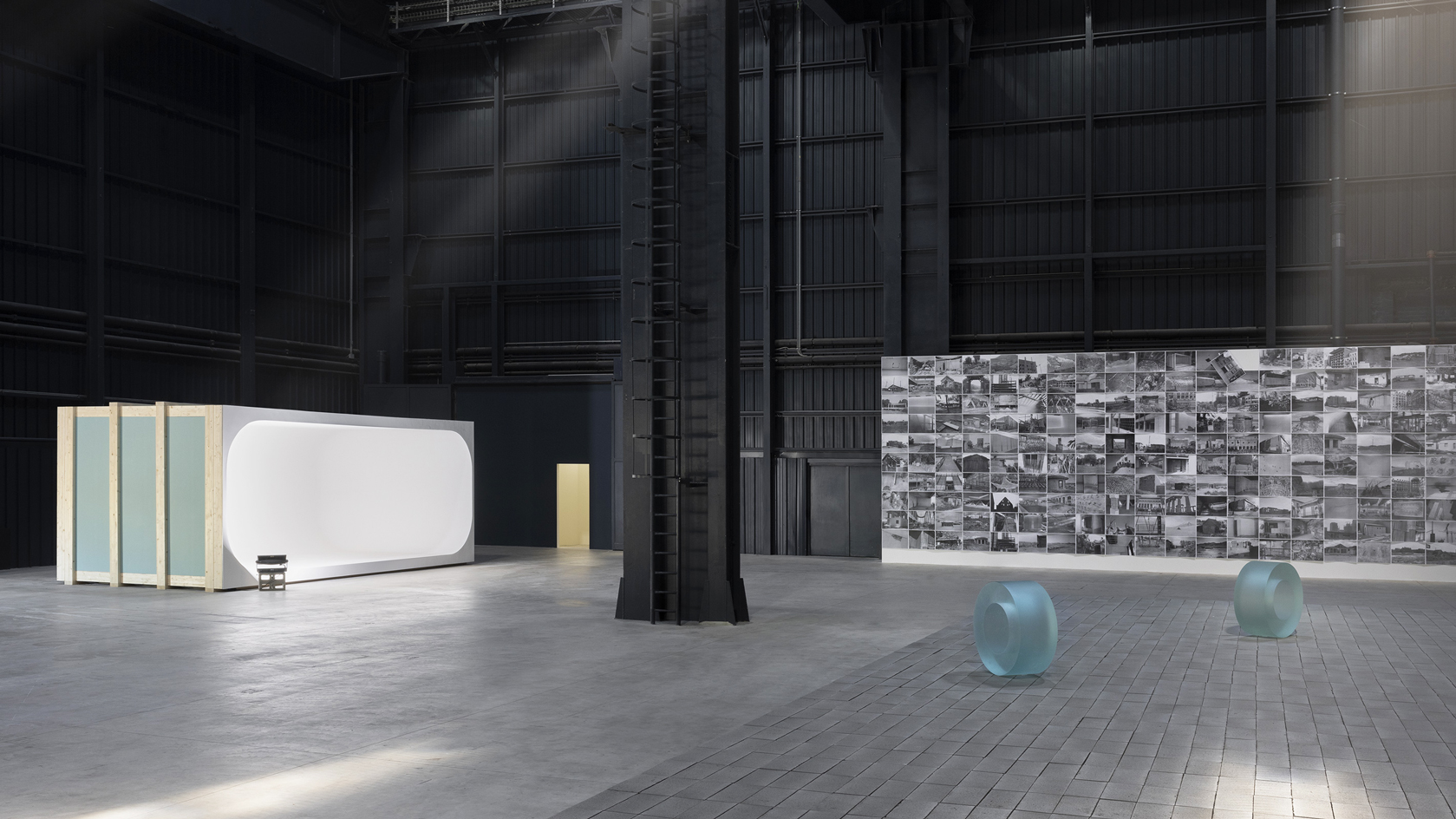
Ann Veronica Janssens has built a career out of thin air. Mist and light are to the Brussels-based artist what stone and marble were to Rodin: raw materials to be sculpted and perfected. ‘I’ve tried to give materiality to certain phenomena that, at first sight, may not seem to have any,’ she tells me over a Zoom call from Milan’s Pirelli Hangar Bicocca, a 15,000 sq m tyre factory-turned-art foundation where she’s installing her largest show to date. Titled ‘Grand Bal’, the exhibition spans four decades of experiments with the sensory and performative nature of space, including a rectangular concave sculpture evoking infinitude, site-specific brick constructions, dizzying optical glass pieces and her celebrated immersive fog installation. ‘It’s the first time I’ll show these works together,’ she says. ‘It’s this exchange that interests me; it’s the exhibition’s true challenge.’

Born in 1956, Janssens grew up in the Congolese capital of Kinshasa. There, with minimal schooling obligations, she spent her time observing changes in light, from the dry season’s grey scales to the rainy season’s shimmering luminosity. ‘It was an experience of movement in colours,’ she remembers, describing the intensity and pace of sunsets. ‘In my work, movement is everywhere.’ These early encounters have infused her outlook ever since. But before turning to the visual arts, Janssens wanted to become an architect, like her father. ‘I thought it could be a career for me, but it turned out to be a great misunderstanding,’ she says of her stint studying architecture at the Beaux-Arts’ school in Brussels. ‘My sensitivity requires me to touch the material and work with three-dimensional spaces rather than floor plans.’ She abandoned her drafting table and joined the nearby school of La Cambre, where she studied under the Belgian-Polish textile artist and sculptor Tapta. ‘There was much more freedom in the visual arts,’ says Janssens who taught at the École Nationale Supérieure des Beaux-Arts in Paris between 2012-2022.
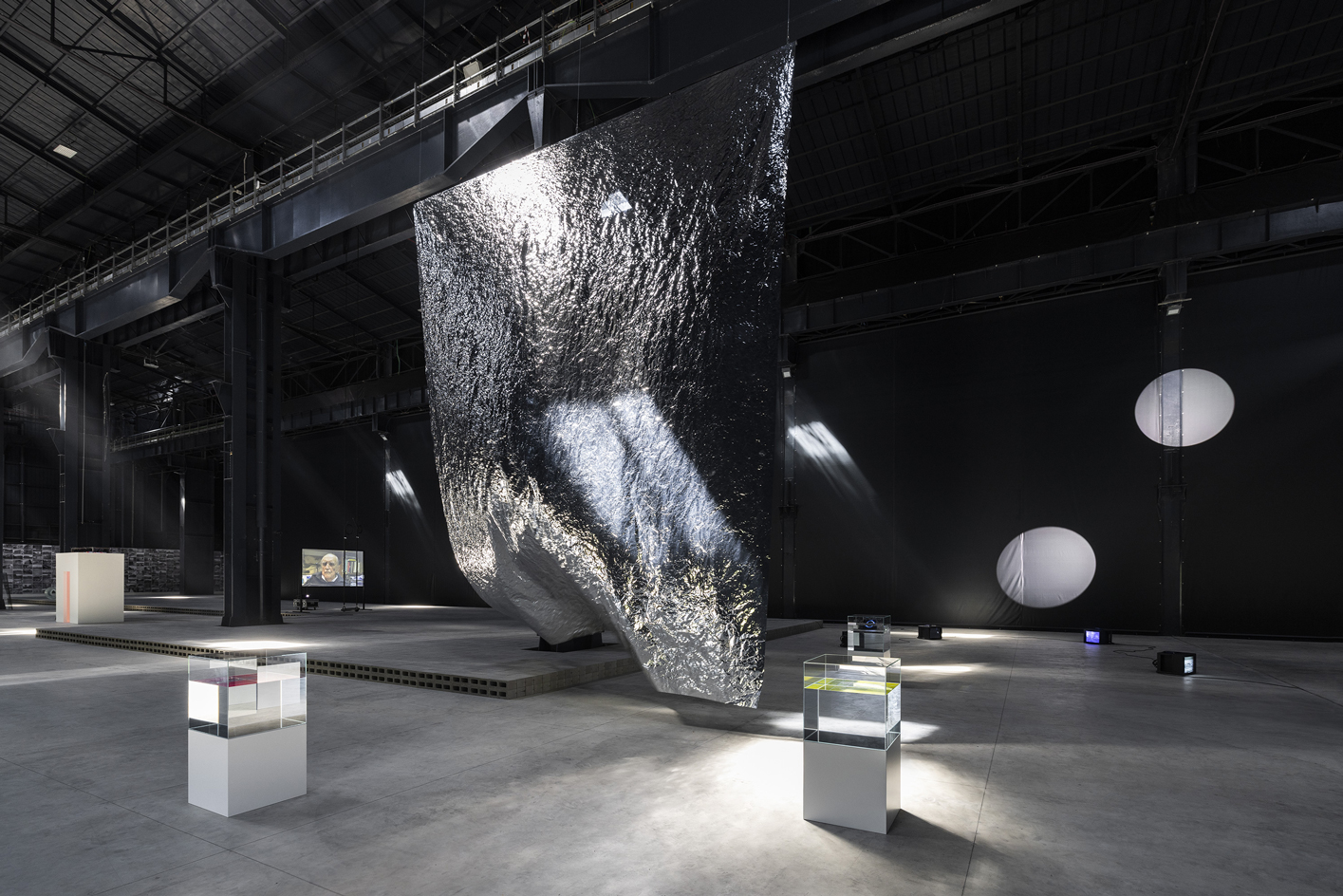
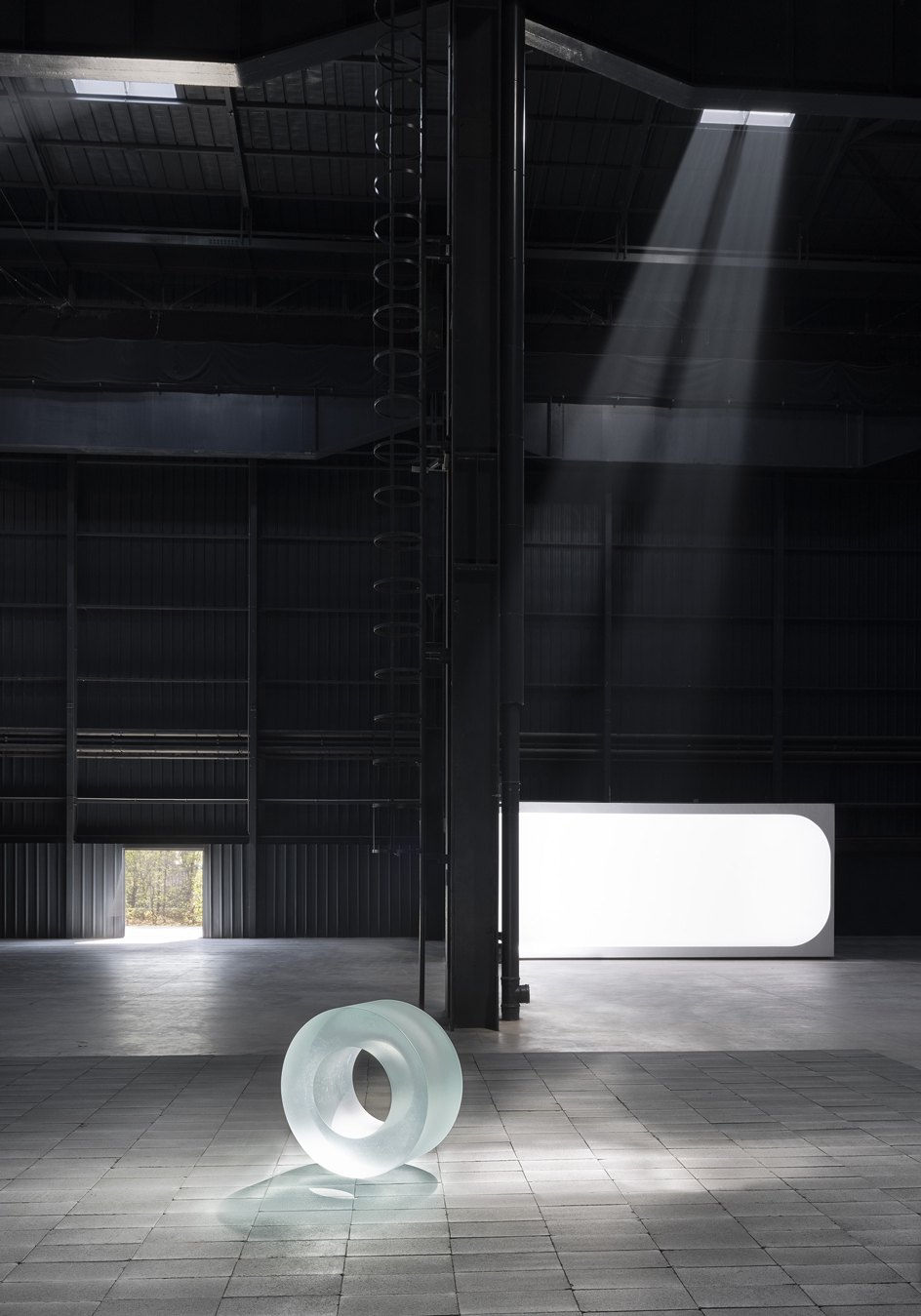
But Janssens’ architectural sensibility has remained. It is particularly palpable in
her early works when she began using bricks (sometimes wrapped in aluminium foil or tape, like at the 1994 São Paulo Biennial) to create ephemeral spatial extensions of existing buildings. These ‘super spaces’, as the artist calls them, take the form of vernacular architecture or even ruins. At Pirelli Hangar Bicocca, she revisited this approach by installing Area, a large walkable surface of concrete blocks, across the former industrial plant, effectively creating a space within a space. Above the platform, she has installed swings that change colour on contact with human heat, altering their appearance while leaving traces of gallery-goers’ presence.
It wasn’t until the late 1990s that Janssens’ work took an explicitly immaterial turn. Her now-signature fog rooms first gained global attention at the 1999 Venice Biennale when she represented Belgium alongside the artist Michel François. Since then, she has » continued to experiment with artificial mist by creating large-scale immersive environments, sometimes using vivid coloured lights, in which an abstracted sense of time and distance is punctuated by other visitors’ phantasmic silhouettes. Iterations of this work have since been shown the world over, sometimes provoking surprising encounters. ‘A lot of love stories were born in the mist,’ the artist says. ‘Quite a few couples were formed in them. Some have even written to tell me they got married!’

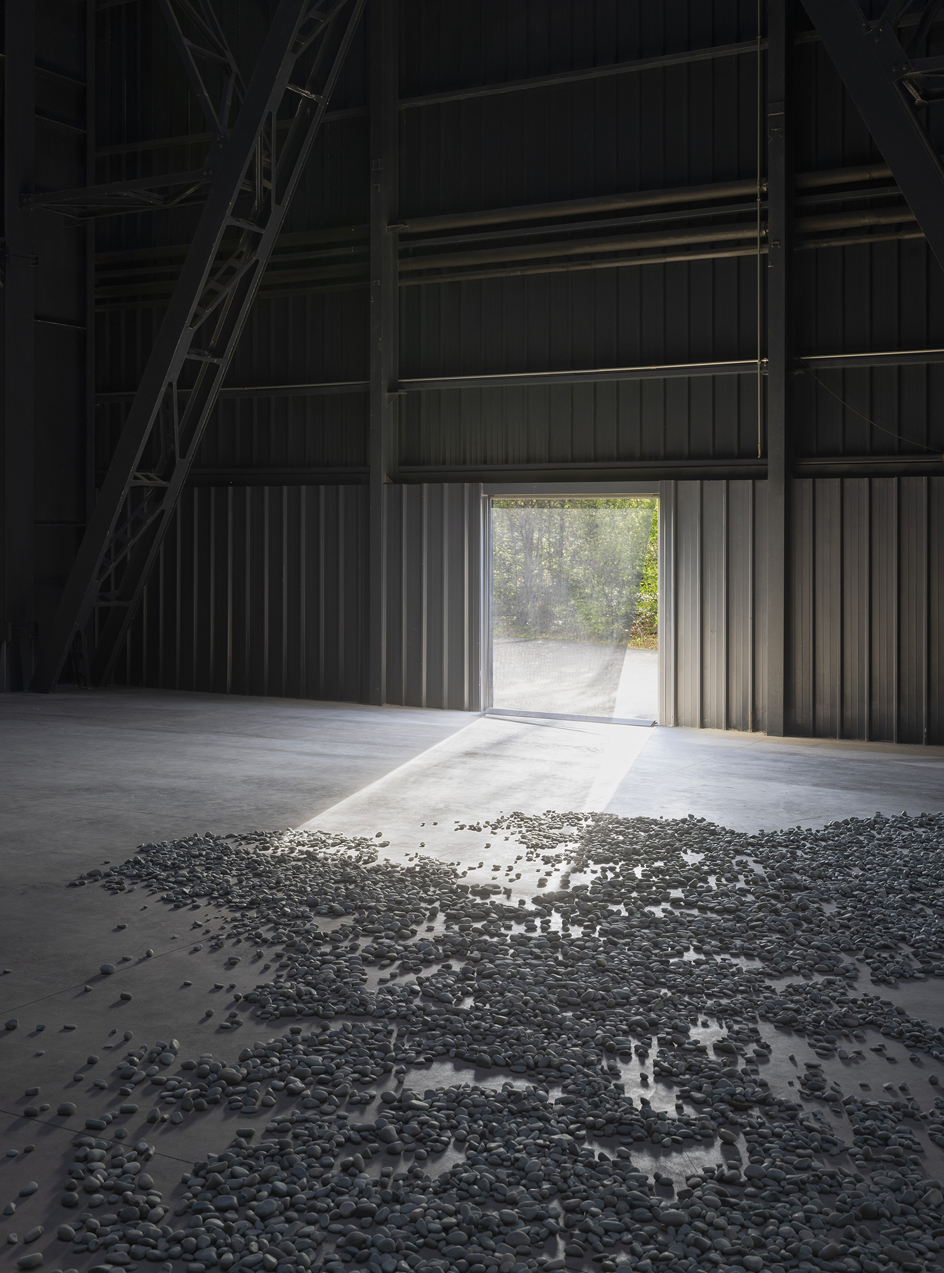
For Janssens, her early architectural interventions are not so different from her immaterial experiments. ‘In the beginning, I worked with solid and standard materials,’ she says. ‘But there is continuity in notions of time and light.’ This approach is palpable in a new site-specific installation, titled Waves, at Pirelli Hangar Bicocca in which Janssens has opened nine emergency exit doors that she has covered with a loose, porous PVC fabric reminiscent of mosquito nets.
By doing so, the artist allows natural light, sound and air to bleed into the exhibition space, altering its otherwise dim atmosphere. These works provoke a sort of ‘hypnotic moiré’, as she says. ‘It gives the impression of seeing the air passing through.’
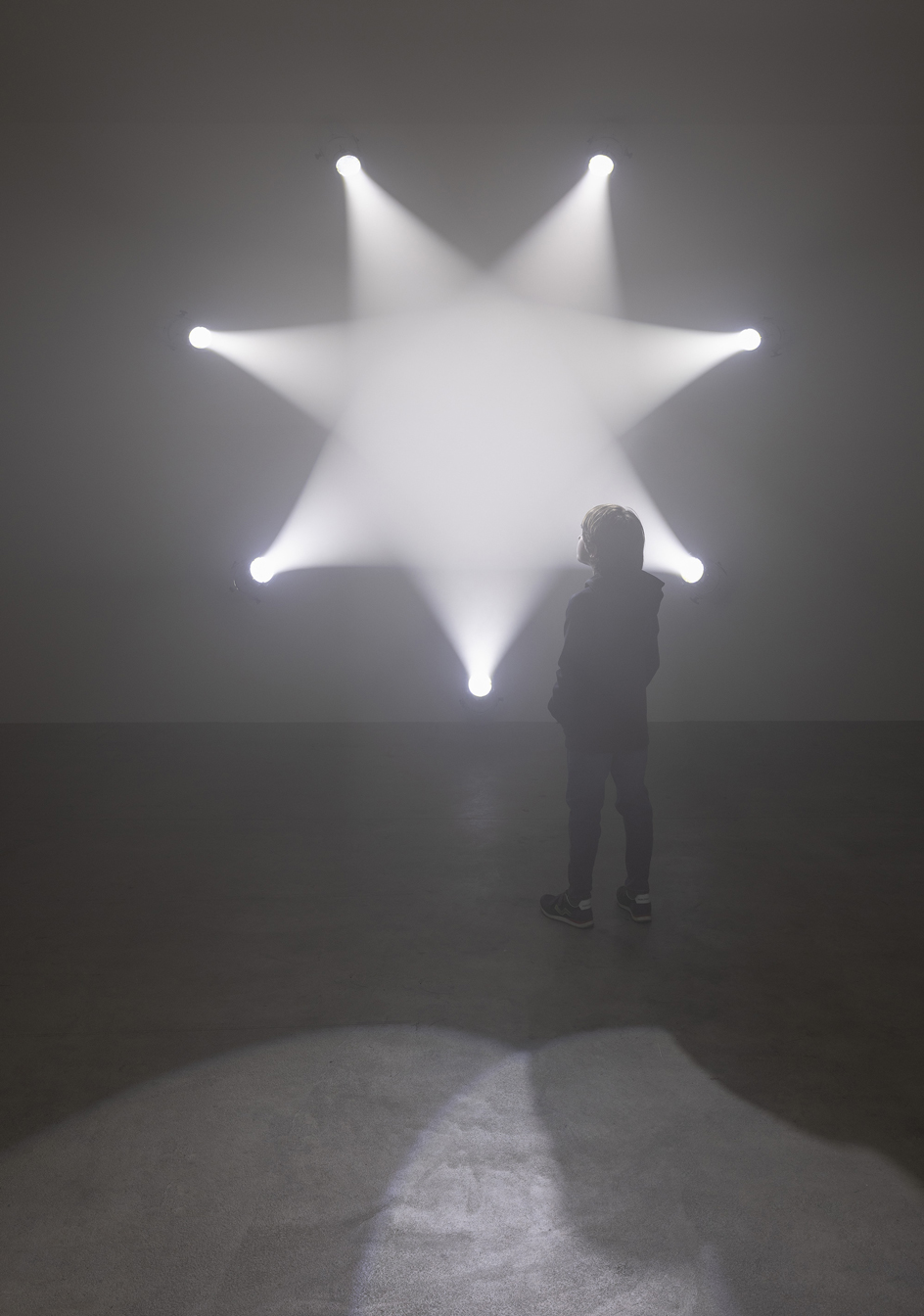
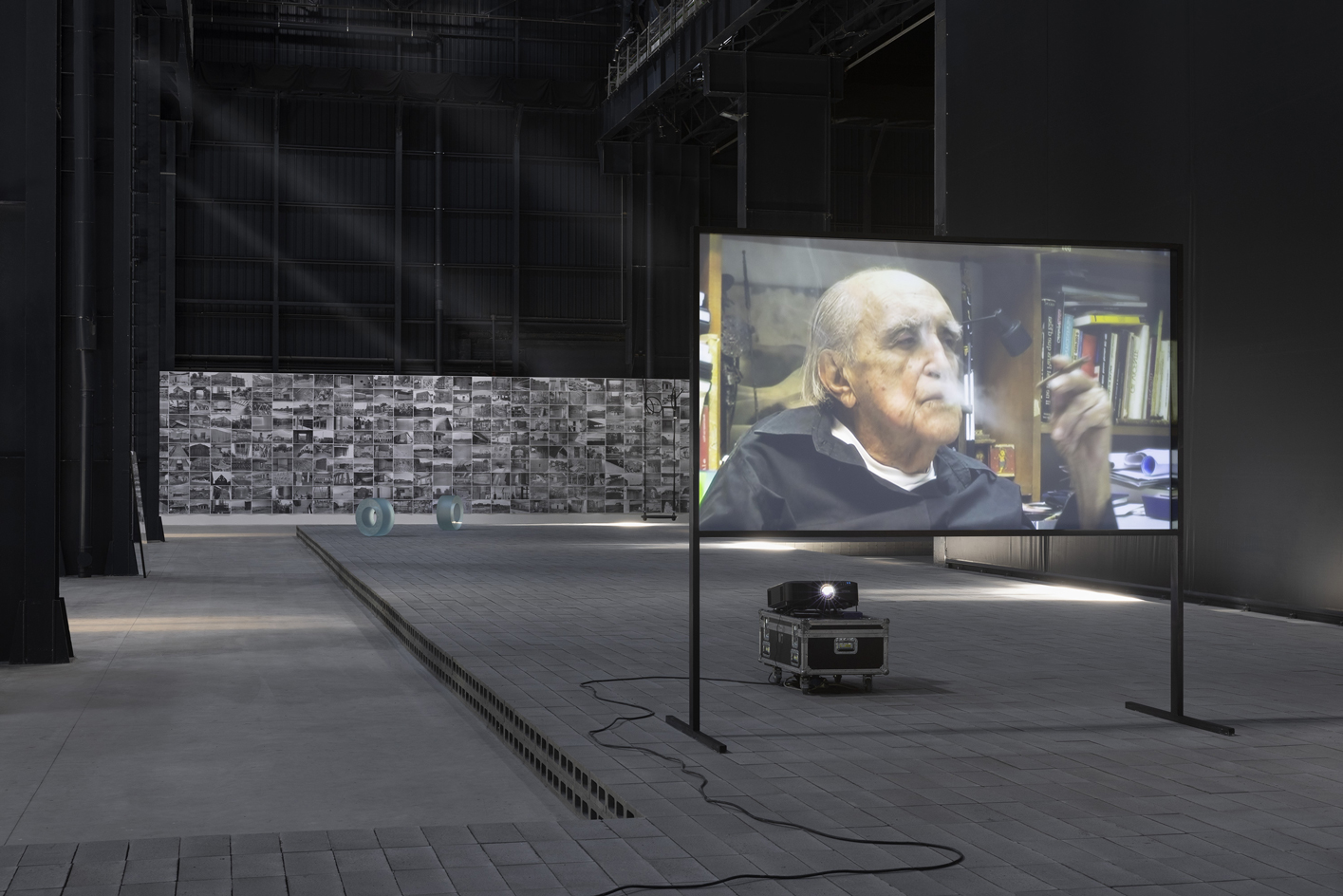
This concern with the materiality of time and light has been conducive to multidisciplinary collaborations. Her first experimentation with coloured fog, titled MA-I, resulted from a collaboration with choreographer Pierre Droulers (uncle of artist Laure Prouvost) and light designer Jim Clayburgh, which took place at the Tours dance festival in 2000. Since then, the artist has regularly worked with the internationally acclaimed Belgian choreographer Anne Teresa De Keersmaeker, founder of the Brussels-based contemporary dance school and company Rosas. ‘I think this is where my work is the most invisible,’ Janssens says of the collaboration, which started in 2011. ‘We think very similarly about ideas of reduction, formal simplicity and economy.’
In the tradition of optical art, Janssens’ work radically questions human perception. But the power of her art lies in the tension between the mastery and the wildness of the natural world. Hers is an architecture of the immaterial: a radical act of resistance against the tyranny of space in favour of time.
Ann Veronica Janssens' 'Grand Bal': behind the scenes of the exhibition installation
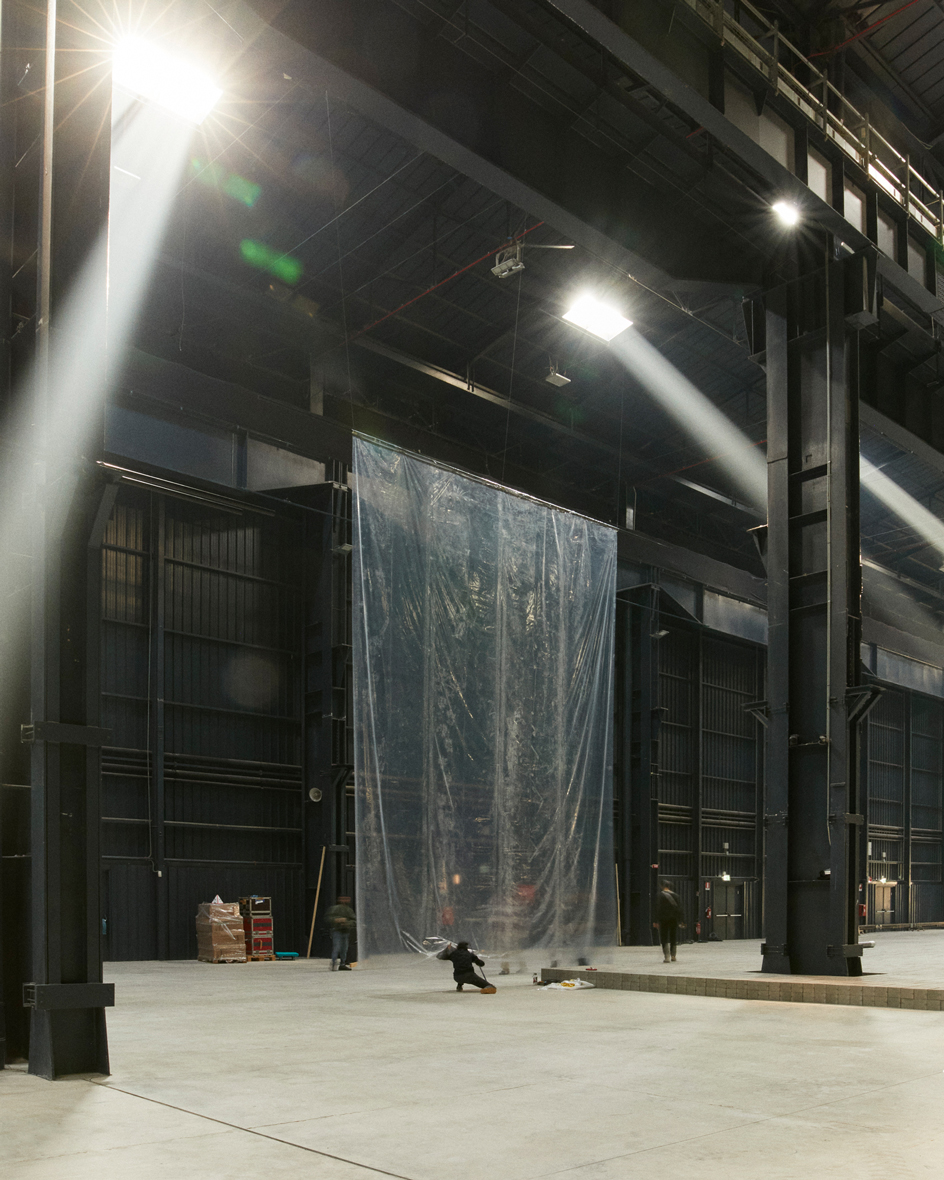
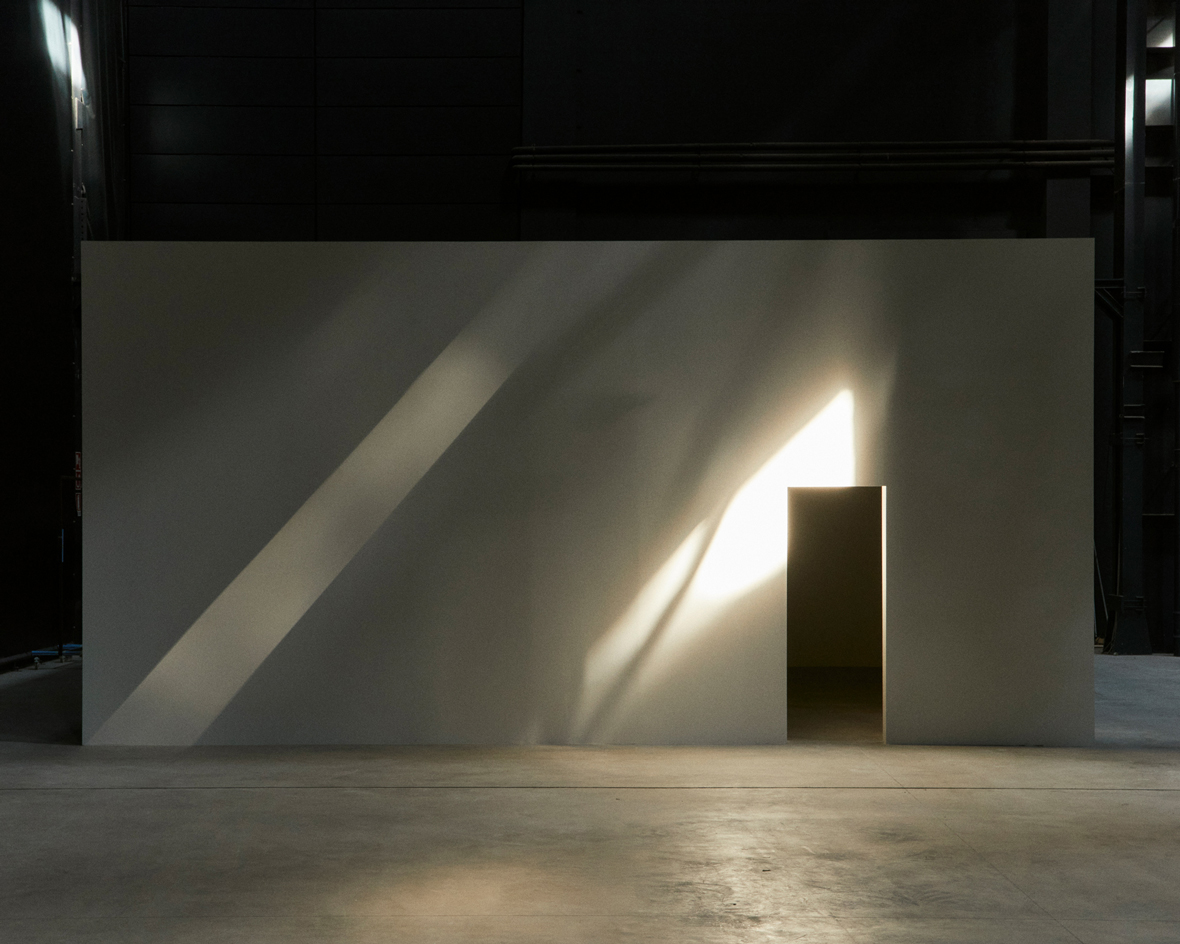
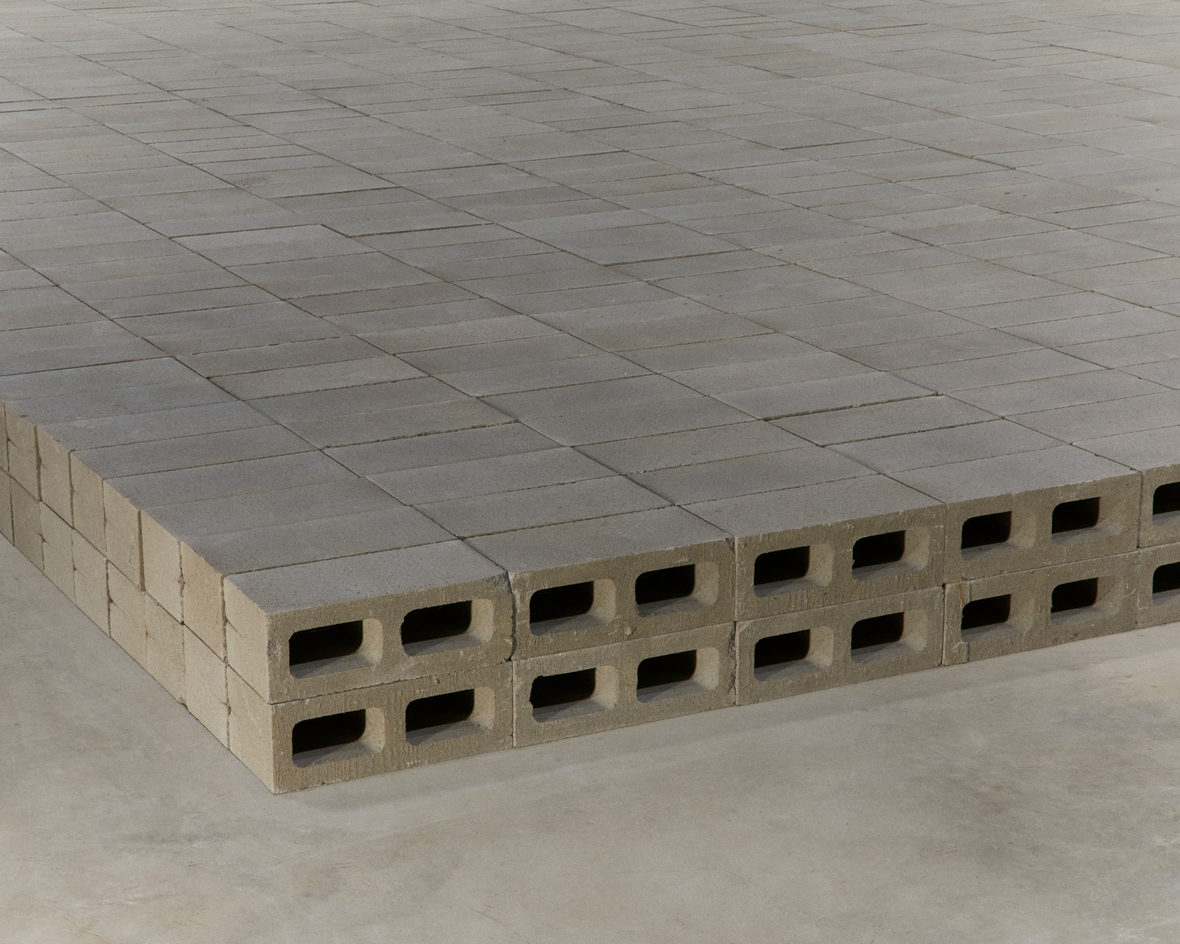
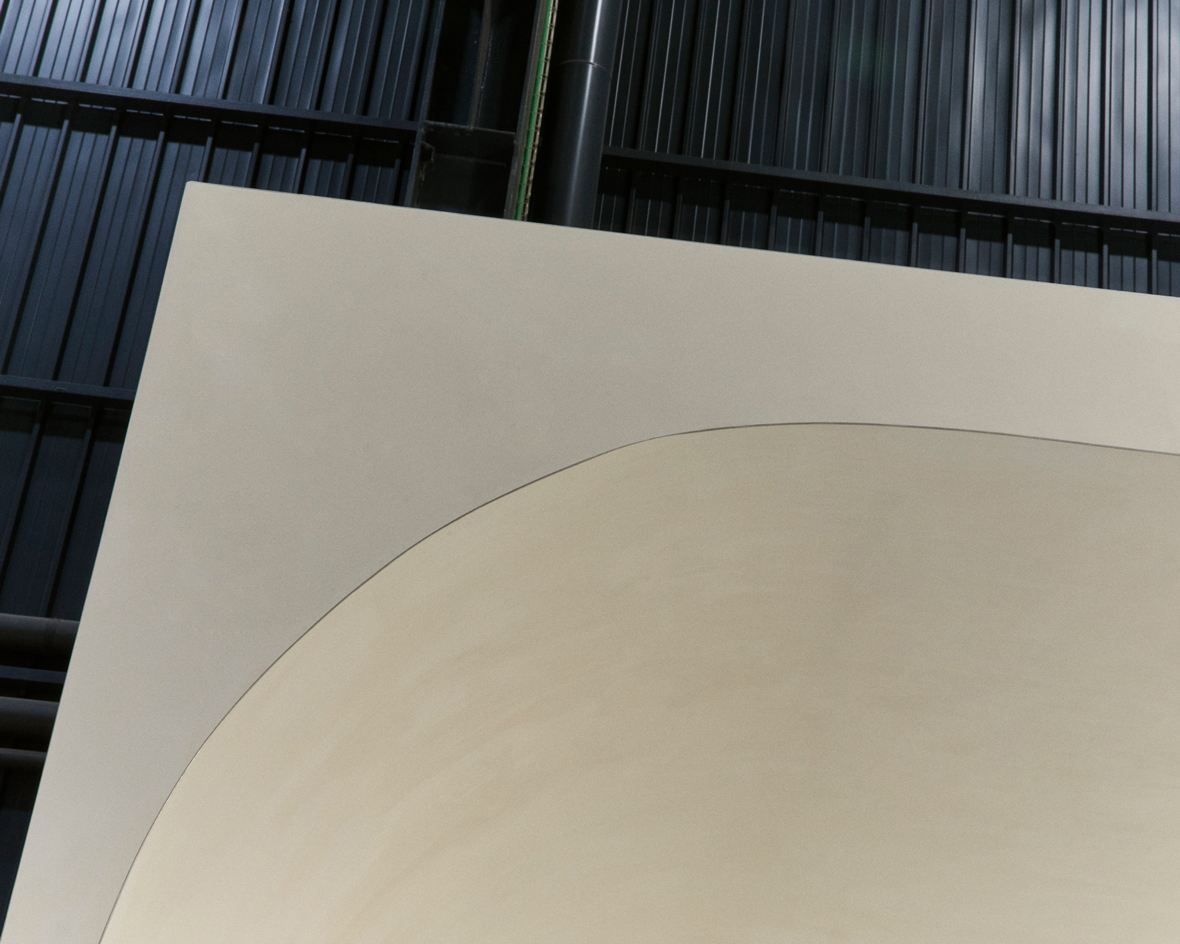
‘Ann Veronica Janssens: Grand Bal’ is on show until 30 July at Pirelli Hangar Bicocca, Via Chiese 2, Milan, pirellihangarbicocca.org
This article will appear in the May 2023 issue of Wallpaper*, on sale 13 April. Wallpaper* is available in print, on the Wallpaper* app on Apple iOS, and to subscribers of Apple News +. Subscribe to Wallpaper* today







